Imagine going on a safari 17,000 years in the past. An international team of researchers was able to do just that by reconstructing the lifetime movement patterns of an ancient woolly mammoth. Mammoths went extinct at the end of the last ice age, so little is known about how these prehistoric giants lived—and died. But thanks to modern analytical techniques, we can begin to understand the habits of these long-gone creatures and compare them to animals still alive today.


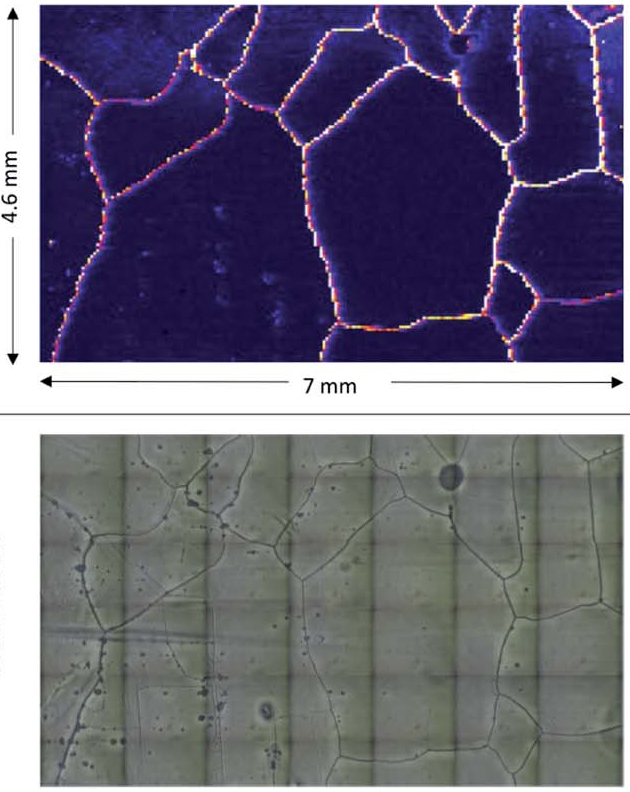
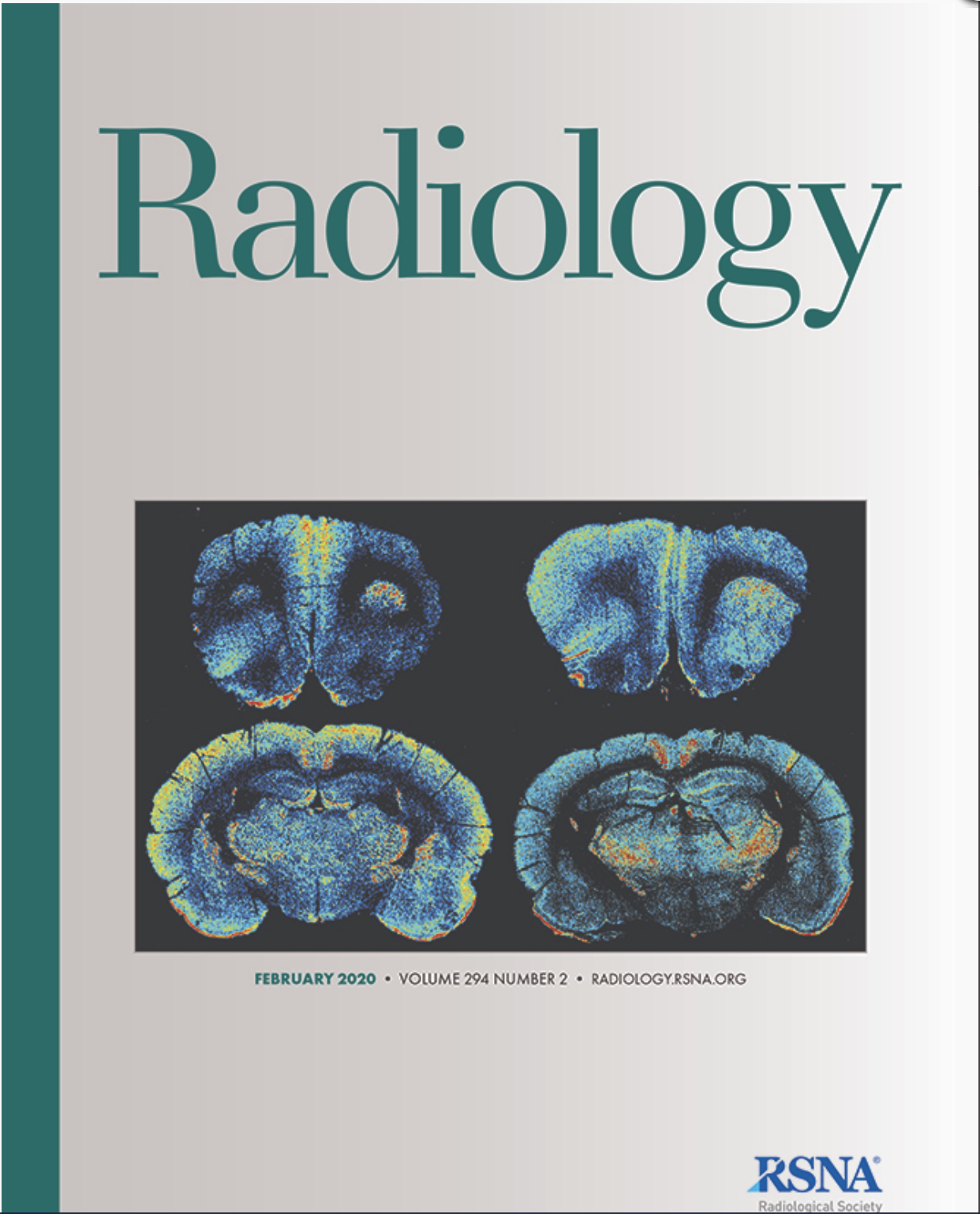
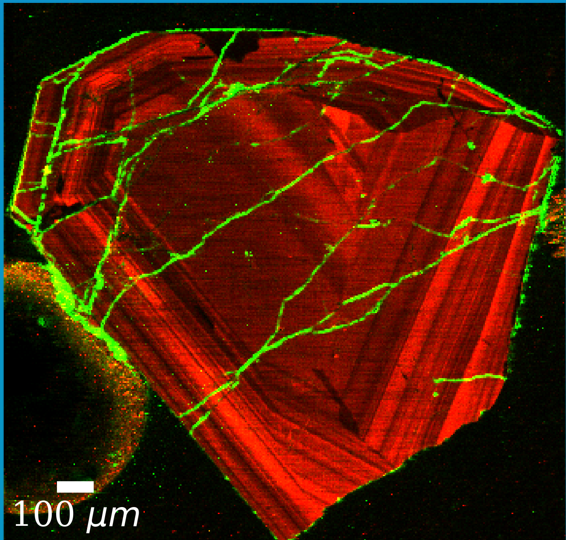
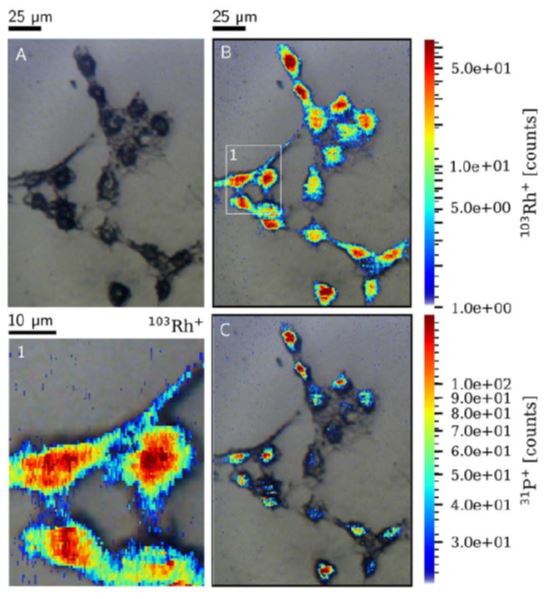
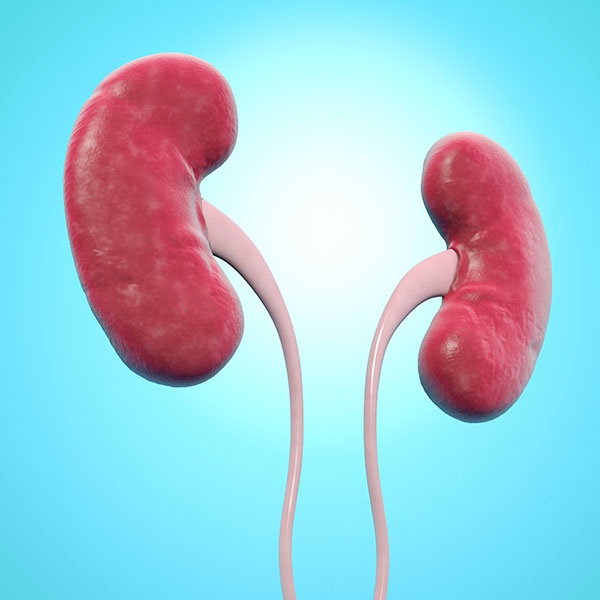

 Teledyne CETAC and TOFWERK AG (Switzerland) recently announced the installation of the world’s first combination of an Analyte Excite excimer laser ablation system with HelEx II sample chamber and ARIS rapid aerosol introduction system coupled to an icpTOF 2R mass spectrometer at the University of Vienna. The system will be used for imaging element concentration distribution in biological samples, and will enable transmission of aerosol generated from laser pulses to the mass spectrometer in less than 30 milliseconds.
Teledyne CETAC and TOFWERK AG (Switzerland) recently announced the installation of the world’s first combination of an Analyte Excite excimer laser ablation system with HelEx II sample chamber and ARIS rapid aerosol introduction system coupled to an icpTOF 2R mass spectrometer at the University of Vienna. The system will be used for imaging element concentration distribution in biological samples, and will enable transmission of aerosol generated from laser pulses to the mass spectrometer in less than 30 milliseconds.
